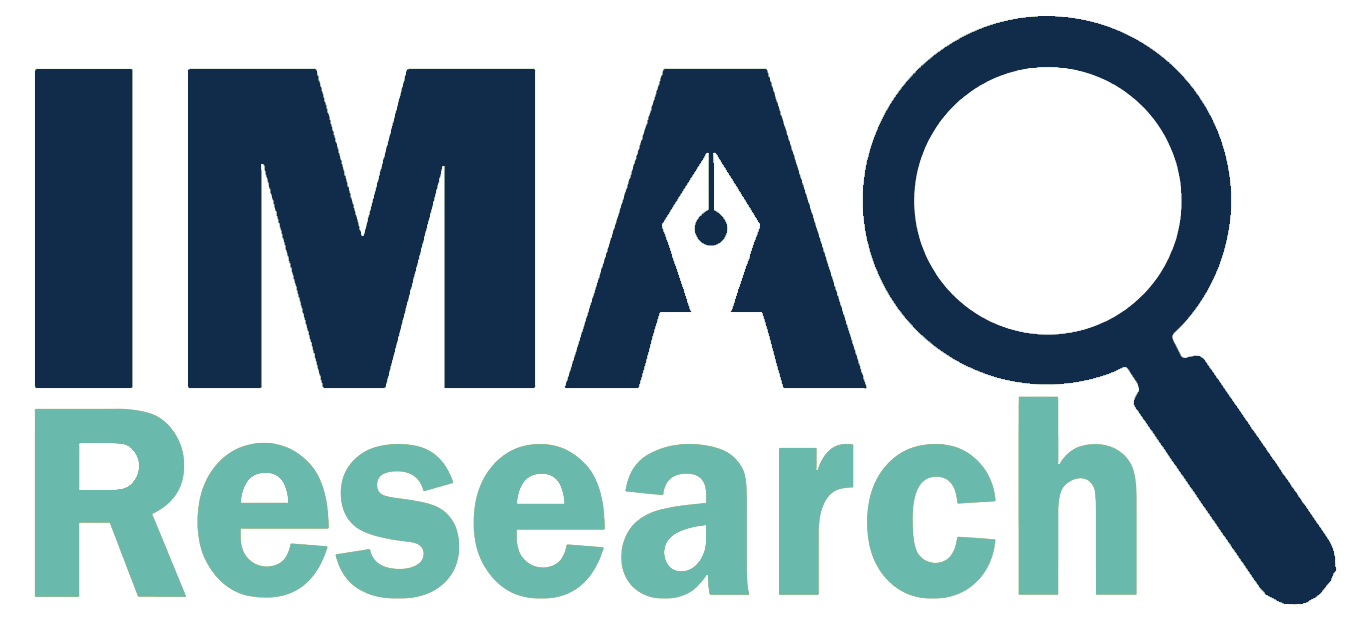Pakistan\’s economy has been growing steadily over the past many years. Individual growth per annum averaged only 2 percent, but 1/2 South Asia\’s average, partially because of unpredictable economic policies and reliance on foreign investment and investment to drive the economic process.
The short-term growth spans often cause the opening of an existing account and therefore the financial crisis that ultimately requires policy consolidation, which has led to a recurring cycle of explosions.
Earlier within the FY20, which runs from July 2019 to June 2020, following one episode of foreign inequality and financing, the country entered the 39-month IMF-Extended Fund Facility.
Coordinated corrective measures, including financial consolidation, have contributed to reducing year-old inequality and improving macroeconomic stability.
Pakistan\’s economy and effects of covid19 pandemic:
However, the content approaches adopted in response to the COVID-19 epidemic led to a major reduction in economic activity within the half-moon of FY20. As a result, GDP growth is estimated to be 1.5 percent contracted on FY20. half the working people saw job loss or salary, and also the unorganized and low-skilled workers employed within the primary jobs faced serious job losses.
As a result, poverty incidence is estimated to rise within the FY20 from 4.4 to 5.4 percent, using the worldwide personal income of $ 1.90 PPP 2011 per day, with over two million people falling into this poverty. additionally, 40 percent of households suffer from malnutrition. the govt., therefore, focused on reducing the negative economic impact of the epidemic through a stimulus package worth about 2.9 percent of GDP and also the postponement of a number of the financial reform measures.
In the first phase of FY21 (July to December 2020), there have been signs of a weak recovery. With the rise of public mobility, private spending has intensified, facilitated by the recording of official income.
Investment is additionally estimated to be relatively low, with the sale of machinery and therefore the sale of cement both recorded two-digit growth rates.
Outlook of the financial years 20-21
On the assembly side, crop production was weak within the first six months of FY21, as cotton production was badly plagued by heavy flooding. After the gradual lifting of the closure measures from May 2020 onwards, indicators of commercial activity and services are obtained, with \”Large Scale Production\” and business confidence indicators exceeding pre-COVID levels by December 2020. As a result, most informal workers stricken by the crisis are expected to be able to back to figure.
Although inflation declined in July-February FY21
As of July 2020, the banking concern of Pakistan (SBP) has maintained a policy rate of 7.0 percent to support the economy. The capital rate of inflation at the tip of December 2020 continued to exceed the minimum legal requirement, indicating the strength of the banking sector within half of the year.
Compared to the shortfall folks $ 2.0 billion in June-December 2019, this account recorded a surplus of people $ 1.1 billion in June-December 2020, which is that the first annual surplus for pretty much a decade, because the official post comes in additional than 1 / 4 widespread shortage of trade. Both direct foreign direct investment and portfolio investments declined during this era, but this improved account supported the balance of additional payments.
Pakistan\’s currency rate
Pakistan\’s currency is up 5.4 percent against the US dollar, from the top of June 2020 to the top of December 2020, while the official charge per unit rose to the US $ 14.9 billion by the top of December 2020, reminiscent of 3.3 months of imports and services. Shortages increased within the first six months of FY21, as inflation outpaced inflation.
In line with the restoration of economic activity, total revenue increased by 3.7 percent. At the identical time, total costs have increased by 6.2 percent, driven partly by higher interest rates. Government debt, including guaranteed debt, reached 87.9 percent of GDP by the tip of December 2020, from 86.7 percent of GDP by the tip of December 2019.
Major risks to the Pakistan\’s economy
Major risks to the vision include the likelihood of recent waves of infection, the emergence of the latest vaccine-resistant germs, and complications in many vaccines. additionally, many delays within the implementation of critical structural changes can result in financial and economic inequalities.
https://www.worldbank.org.com
In present days, Pakistan\’s economy is going on the way to its recovery, and we will see great improvement in economic growth and in the field of agriculture.
